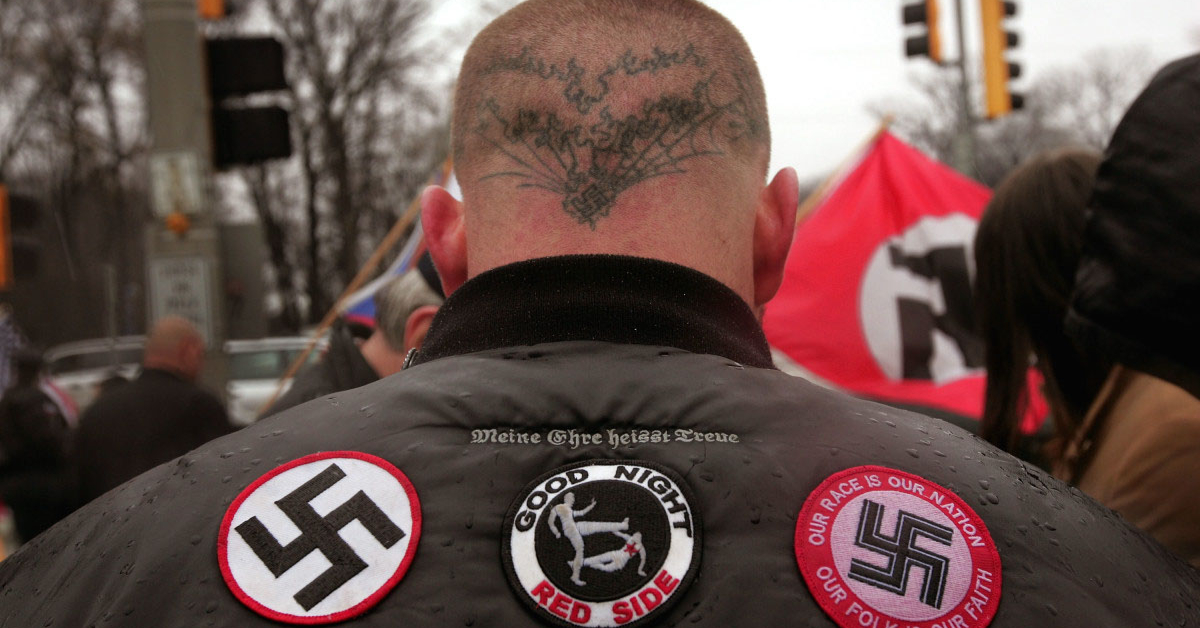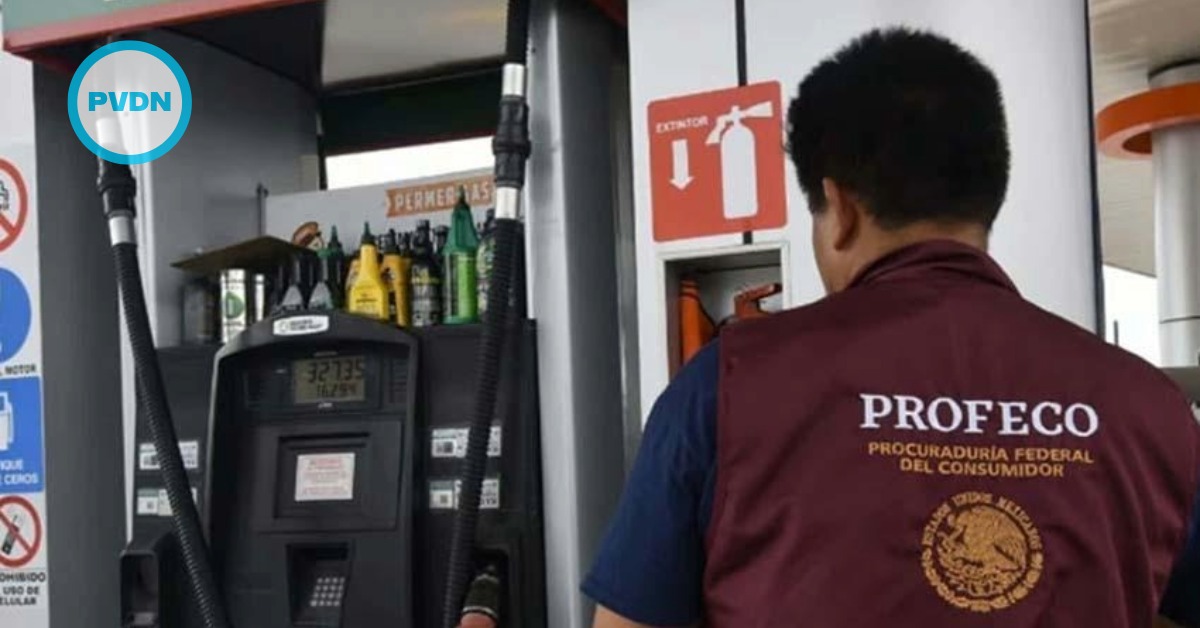An unusual alliance was created between Mexicans and American groups with racist leanings, such as the "Aryan Brotherhood", born in the 1960s in California prisons, and the "Hells Angels", a group of motorcyclists founded more than 70 years ago in California . . .






